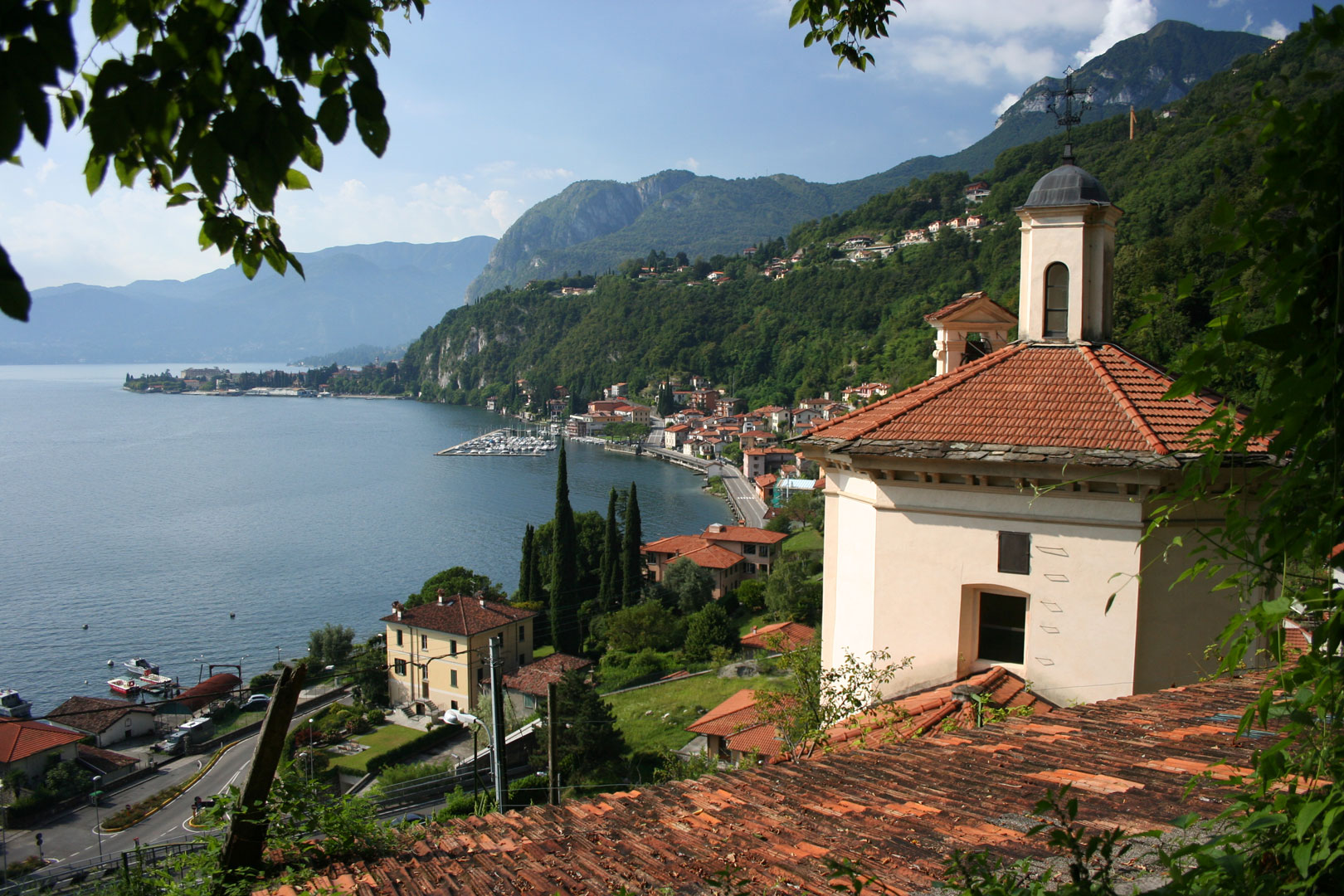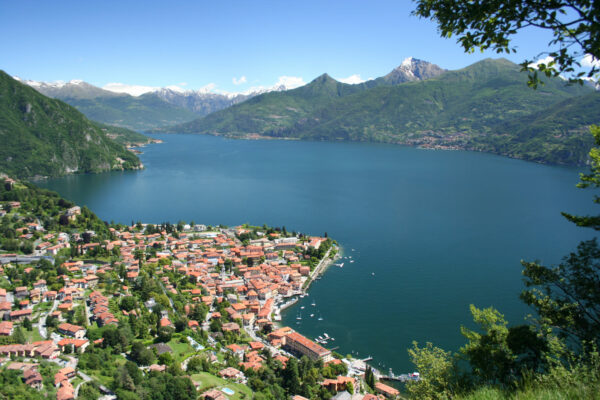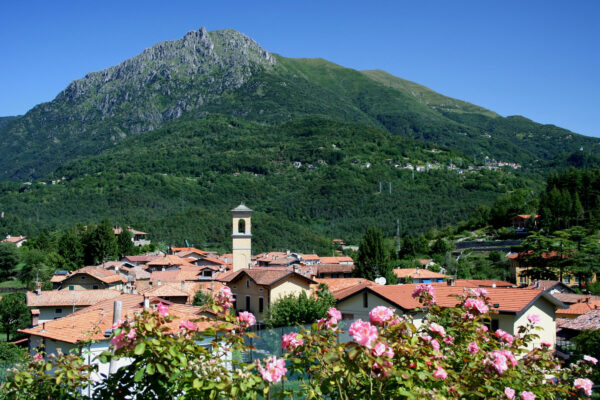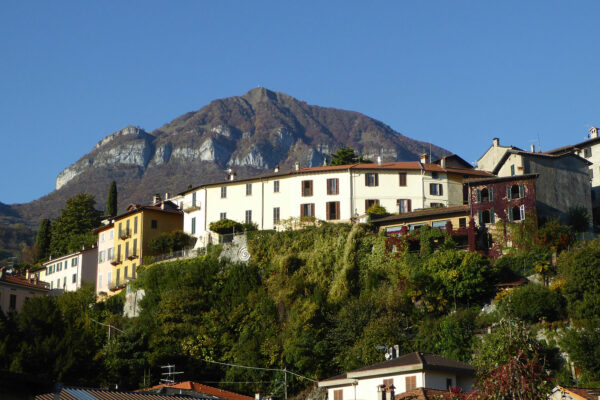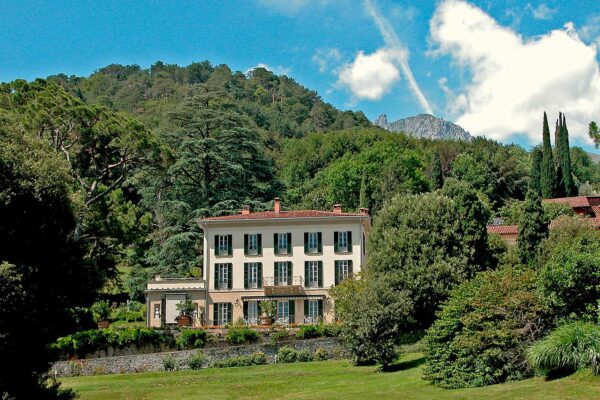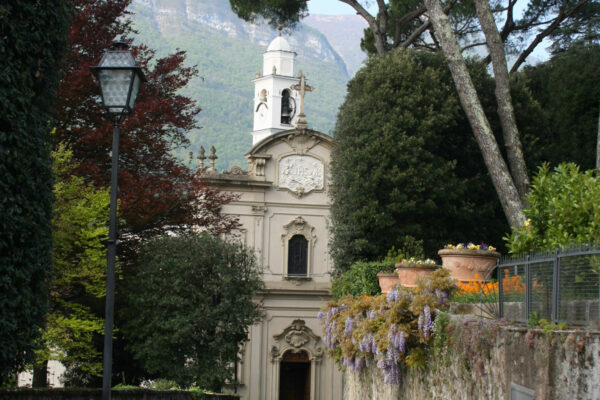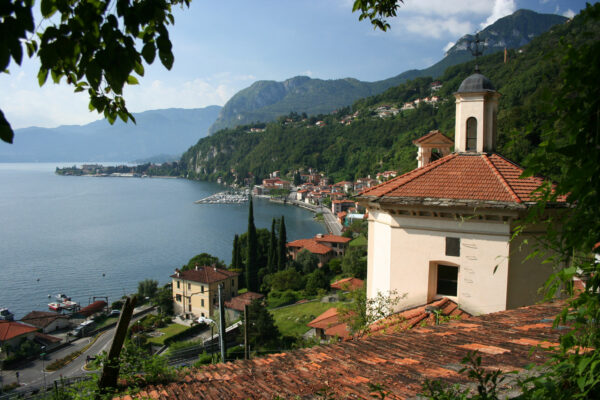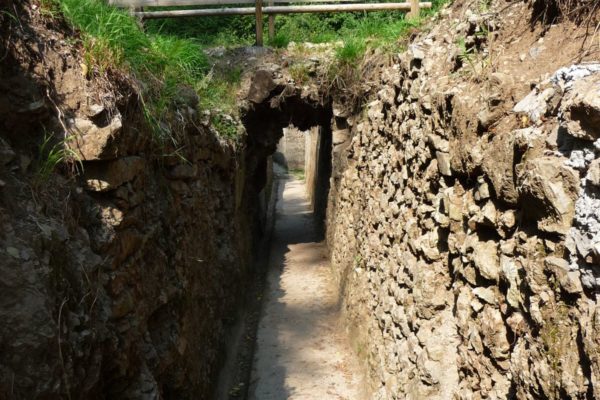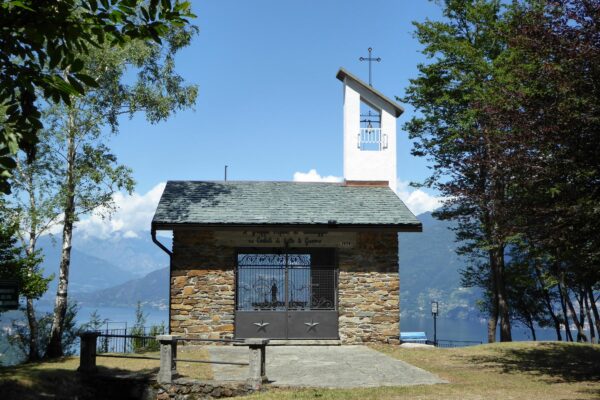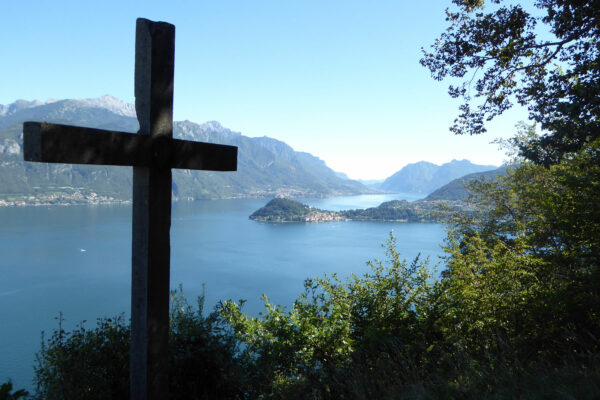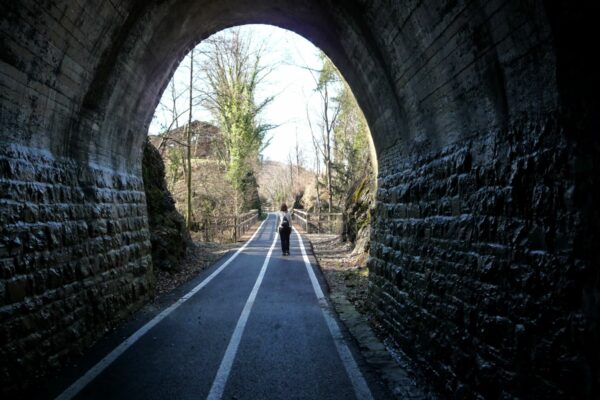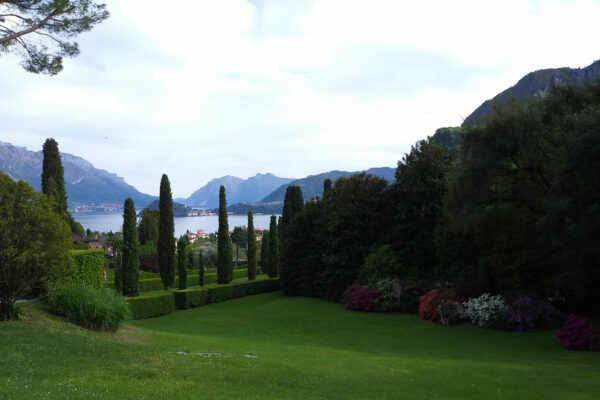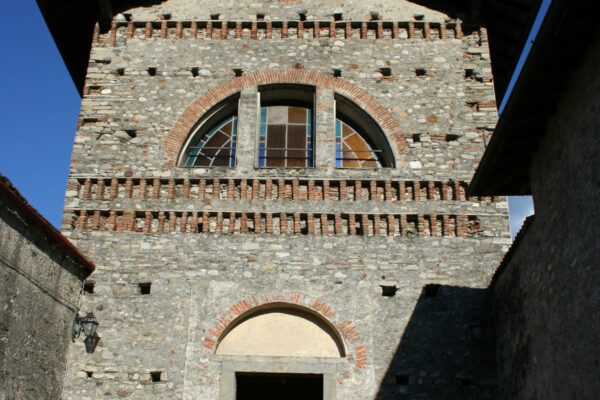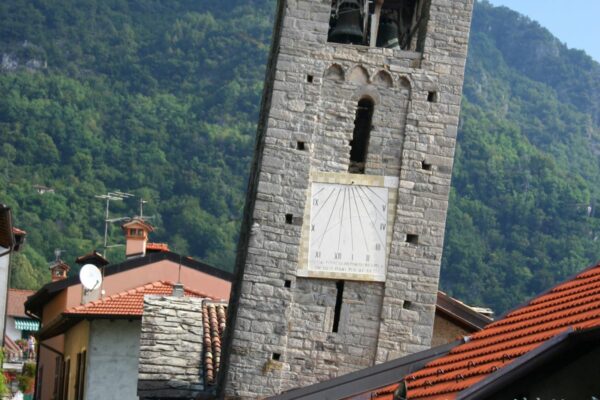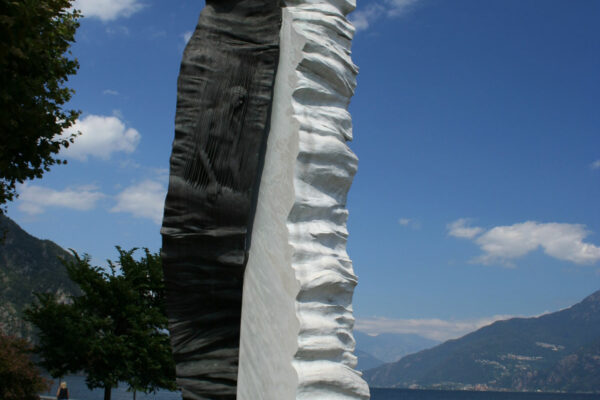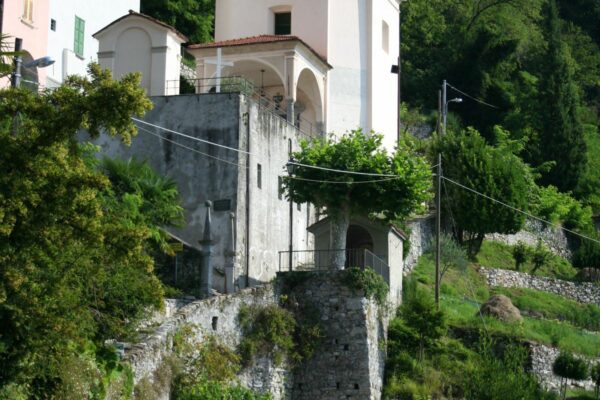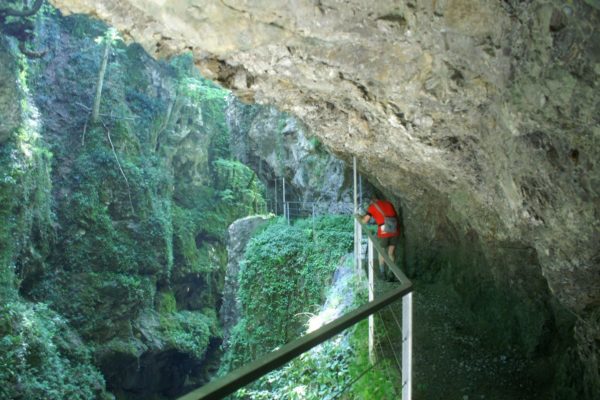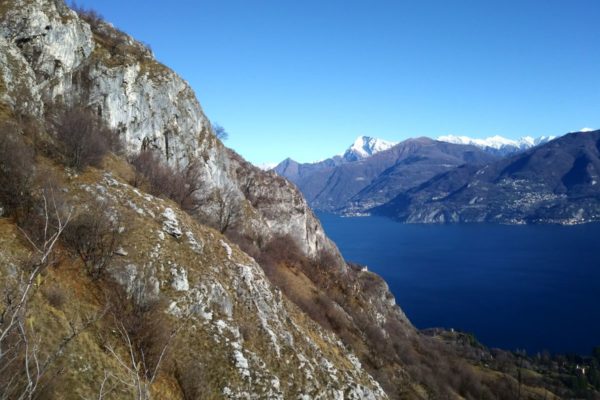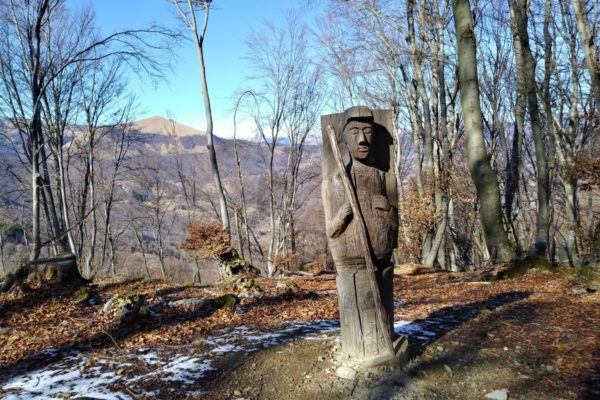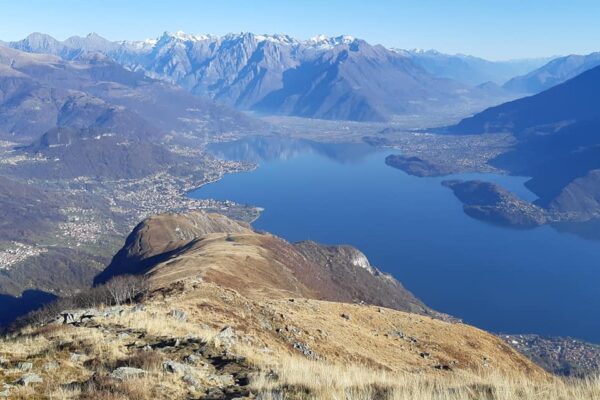This pleasant ring itinerary starts from the center of Menaggio, and leads to the discovery of the villages of Croce, Loveno and Nobiallo, offering beautiful views of the center of the lake.
We will follow the traces of the former railway, which connected Menaggio to Porlezza from 1884 to 1939, we will discover the trenches dug during the First World War on Mount Crocetta, the remains of the Castle of Menaggio destroyed in 1523, the charming village of Loveno with its beautiful villas and finally we will visit Nobiallo, a typical fishing village nestled along the shore of the lake and crossed by a historical section of the Ancient Via Regina, reaching the Sanctuary of the Madonna della Pace, a place of artistic and religious interest and a panoramic point of great beauty.
Along the route you can choose whether to follow the long and more challenging itinerary, reaching the Chapel of the Alpini with the belvedere over Menaggio and the center of the lake and see the trenches built during the First World War, or follow the shorter road that leads directly to the village of Croce.
